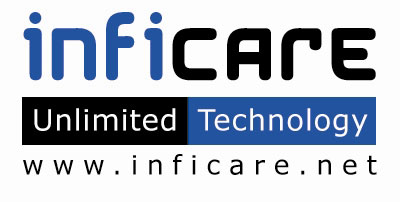Blockchain Governance Models
Blockchain technology has gained widespread attention in recent years due to its potential to revolutionize various industries through its decentralized and transparent nature. However, the governance of blockchain networks presents a unique challenge due to the distributed nature of the technology and the need for consensus among the network participants.
In this article, we will explore the various governance models that have emerged in the blockchain space and their implications for the future of the technology. We will examine how different blockchain networks are governed, the challenges they face, and the potential solutions that can help ensure the effective governance of blockchain networks.
Decentralized Governance Models
One of the key features of blockchain technology is its decentralized nature, which means that decision-making power is distributed among all network participants rather than being controlled by a central authority. In decentralized governance models, all network participants have an equal say in the decision-making process through mechanisms such as voting or consensus mechanisms.
One of the most well-known decentralized governance models is the proof-of-stake (PoS) consensus mechanism, which allows network participants to vote on proposals and validate transactions based on the amount of cryptocurrency they hold. This model incentivizes stakeholders to act in the best interest of the network, as they have a financial stake in its success.
Another decentralized governance model is the delegated proof-of-stake (DPoS) mechanism, which involves electing a certain number of delegates to make decisions on behalf of the network. This model aims to streamline the decision-making process and ensure efficient governance by delegating authority to a select group of stakeholders.
Centralized Governance Models
While decentralized governance models are often praised for their transparency and inclusivity, some blockchain networks opt for centralized governance models to streamline decision-making and ensure efficiency. In centralized governance models, a central authority or entity makes decisions on behalf of the network, which can lead to faster and more decisive action in certain situations.
One example of a centralized governance model is a consortium blockchain, where a group of pre-selected participants is responsible for making decisions and validating transactions. This model is often used in enterprise blockchain solutions where the Anex System network participants have a vested interest in collaborating with each other to achieve specific goals.
Another centralized governance model is a federated blockchain, where multiple entities come together to govern the network and make decisions collectively. This model allows for better coordination among network participants and enables them to work together towards common objectives.
Hybrid Governance Models
In recent years, there has been a growing interest in hybrid governance models that combine elements of both decentralized and centralized governance. These models aim to strike a balance between decentralization and efficiency by incorporating mechanisms from both governance approaches.
One example of a hybrid governance model is the on-chain governance mechanism, which allows network participants to vote on proposals using smart contracts on the blockchain. This model combines the transparency and inclusivity of decentralized governance with the speed and efficiency of centralized governance, enabling stakeholders to make decisions collectively while maintaining the integrity of the network.
Another hybrid governance model is the off-chain governance mechanism, where decisions are made off-chain by a selected group of stakeholders who have been appointed to represent the interests of the network. This model allows for more flexible decision-making and can help prevent conflicts and delays that may arise in purely decentralized governance models.
Challenges and Solutions
Despite the various governance models available, blockchain networks face several challenges in effectively governing themselves. One of the key challenges is achieving consensus among network participants, as different stakeholders may have conflicting interests and priorities. Additionally, scalability and security concerns can impact the governance of blockchain networks and hinder their ability to operate efficiently.
To address these challenges, various solutions have been proposed to improve the governance of blockchain networks. One such solution is the use of governance tokens, which give network participants the ability to vote on proposals and influence decision-making based on their stake in the network. This incentivizes stakeholders to actively participate in governance and aligns their interests with the long-term success of the network.
Another solution is the implementation of formal governance frameworks that establish clear rules and procedures for decision-making within the network. These frameworks can help streamline the governance process, reduce conflicts, and ensure accountability among network participants.
In conclusion, blockchain governance models play a crucial role in shaping the future of the technology and determining how blockchain networks operate. By exploring the different governance models available and the challenges they face, stakeholders can work together to design effective governance structures that maximize the benefits of blockchain technology while ensuring security and scalability. As the blockchain space continues to evolve, it will be essential for network participants to collaborate and innovate in the governance of blockchain networks to unlock the full potential of this groundbreaking technology.
Share this post on:




